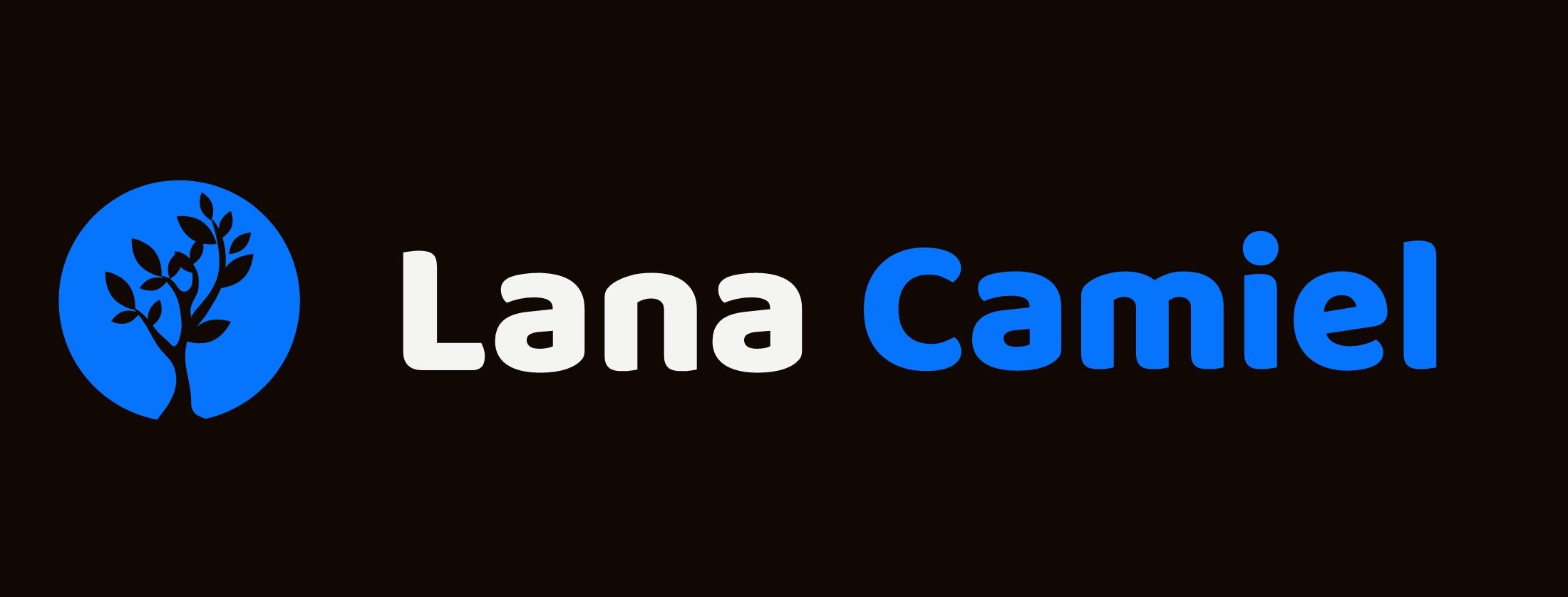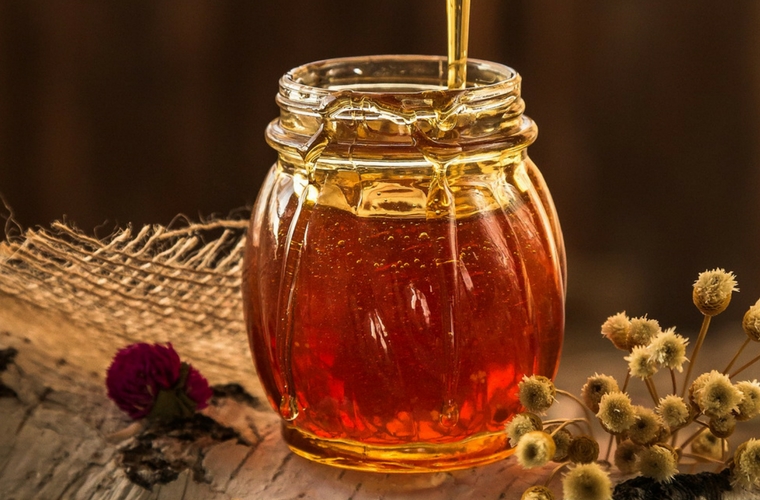Image courtesy of Pixabay/Daria Yakovleva
A little while ago I shared with you some of the proven research-based medicinal uses of honey.
But my initial post didn’t start out that way. I was going to tell you about some of my most favorite herbal honey preparations. Honey is a divine food with many uses. One way to enhance its benefits is by adding some plants to it.
About 7 or 8 years ago, during my herbal apprenticeship I was taught how to make Maca Honey. My life has never been the same!
The caramel taste of this honey really surprised me. Most herbal preparations I’ve tried prior to this were tasty, but this was on a completely different level. After trying Maca Honey I realized that your food can be delicious and incredibly healing.
If you’re reading this and thinking that it might be my sweet tooth talking, you might not be entirely wrong. 🙂
This semester I am offering a class for 45 pharmacy students. Part of their coursework is to make 5 different herbal preparations – a tea, a syrup, an oil, a vinegar and a honey.
Earlier this week we had guests, local herbalists from Commonwealth Herbs, Katja Swift and Ryn Midura. They spent two hours demonstrating different herbal preparations, and one of them was honey pastes.
So, what are some of the honey preparations that you can easily create at home?
There are 5 I want to share with you today:
1. Infused Honey
To make it, you need to combine in a glass jar fresh or dried herbs (like thyme, lavender, rose petals, lemon balm, tulsi, ginger, cinnamon, mint, sage, garlic) with honey, mix them, and let the mixture sit in a warm place for 2 weeks. I was taught to gently shake the jar every few days, infusing the medicine with your energy and love. This honey infusion helps to extract herbal ingredients and delivers healing properties of the plant in a sweet carrier. There are also alternative methods to making honey infusion using heat.
2. Syrup
As you might imagine, honey is often used as a sweetener in syrups. If you boil berries or bark (like elderberries or wild cherry bark) in water, let them plant simmer, decreasing the liquid volume. Once finished, add honey as a sweetener and preservative (you need higher amount of honey for preservative properties). If I plan to keep the syrup longer, I also add some alcohol to help avoid microbial growth. If you’re making something that will be consumed shortly that’s unnecessary.
3. Paste/Electuary
Maca honey I mentioned earlier was an example of a paste of electuary. The main idea here is to use bulk powder and mix it with the honey. Two herbalists that came to my class earlier this week talked about a variety of pastes they create with adaptogenic or caffeine-rich herbs (ashwagandha, astragalus, guarana and other). You can play with turmeric, cinnamon and other powders to see how they combine. Honey pastes make it easier to incorporate herbs into your diet and gives the powders longer shelf life.
4. Lozenges
Honey has been studied for its use in cough and sore throat. You can certainly add it to your tea, but another way to try it is through lozenges.
5. Mead
This is a honey wine. I have to admit that I actually have never made my own, but have an amazing recipe for you from Rosalee de la Foret of Rose Mead.
If you live locally, and want to try mead created by local companies, give 1634 Meadery a try. They use a lot of spices, fruit and herbs to create unique flavors.
The first important step is to get a good quality of honey and herbs.
I like purchasing my herbs from Mountain Rose Herbs.
In my previous post I mentioned why getting imported honey that is typically sold in supermarkets might not be the best idea. I typically get my honey at the farmers market.
For the past two years I’ve been buying honey from the same person. About a month ago, I lined up six jars of honey I purchased from him (spring, summer and fall). I was absolutely fascinated to see the difference in color, texture and crystallization between these containers. It reminded me that the nutrients bees collect each time of the year are very different. And it is very important for us to get exposed to this diversity in nature.
If you’d like to try a simple preparation, start with thyme-infused honey.
It’s super easy to make, and makes a great medicine to have on hand for colds, flu and more.
Fill about a third to a half of a glass jar with thyme, fill the rest of the jar with honey.
Mix them together, trying to get as many bubbles out.
Leave in a warm place for a couple of weeks. Enjoy!
Questions: Which of these honey preparations would you be willing to try?


